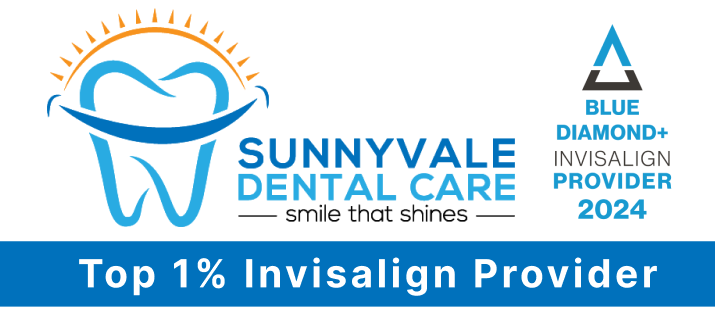Gingivectomy is the surgical removal of gum tissue or gingiva. Gingivoplasty is the surgical reshaping of gum tissue around your teeth.
What is the Gingivectomy Treatment Used for?
Gingivectomy was originally developed to treat periodontal disease but nowadays it is used more commonly for cosmetic procedures. Sunnyvale dentist Dr. Gupta may have to remove your gum tissue for two reasons
- There are gaps or pockets that have formed between your teeth and your gums. These pockets will trap food particles, harbor colonies of bacteria, and make it difficult for you to clean. If the pockets only involve soft tissues then these gaps may be removed by simply trimming the gums through gingivectomy
- There is too much gum tissue for your teeth. Aside from cosmetic reasons, too much gum tissue for your teeth will make it hard for you to keep your mouth clean. In severe situations, this condition can interfere with the way you eat and the way you talk. Overgrowth in gum tissue is caused by certain anti-seizure medications. Sometimes, other drugs may cause it. On some occasions, there could be no cause at all
What is the Gingivoplasty Treatment Used for?
Reshaping your gums through gingivoplasty could make your gums look more natural. The gingivoplasty procedure could be used to correct asymmetrical gums, badly formed gums, diseased gums, genetically malformed gums, trauma, or for purely cosmetic purposes.
Gingivoplasty is usually done alone although it can also be done after a gingivectomy or a gum graft. Gum grafts are additions of gum tissue to the gum line.
How do You Prepare for a Gingivectomy or a Gingivoplasty?
Before either of these procedures, your dentist will have a discussion with you regarding your oral hygiene habits. Your dentist will also give you further instructions for preparing properly for the surgery. It is important that before a gingivectomy or gingivoplasty, you get a thorough cleaning. You may have to go through root planing in order to remove the tartar or calculus from the existing pockets.
How is a gingivectomy or a gingivoplasty performed?
A gingivectomy or a gingivoplasty is usually performed using a scalpel. It can also be performed using elctrosurgery units, diamond dental burs, and lasers. Your dentist may use specialized instruments designed for gingivectomies like angled blades that allow your dentist to work around your teeth.
Before either of these procedures, you will get a local anesthetic injection that will make your gums numb. A gingivectomy may last for a few minutes to more than an hour. The duration of the surgery will depend on the amount of gum tissue that has to be worked on. Gingivoplasties are usually done in a couple of minutes only.
How should you follow-up your gingivectomy or gingivoplasty?
Occasionally a periodontal dressing will be placed on your gums after your gingivectomy or gingivoplasty. This periodontal dressing is a type of bandage left in the treated area for about a week or two. You may have to follow a soft diet, avoid spicy foods, and refrain from eating crunchy foods during this healing period. Your dentist may also prescribe some pain medications and chlorhexidine mouth rinse.
You must make it a point to keep your mouth clean during this healing period. Your dentist will advice you not to brush your teeth in the surgical area while the periodontal dressing is still there. For the rest of your mouth, you can brush normally and floss just like before although you may have to be a little more careful with a periodontal dressing nearby. When this periodontal dressing is removed, you will be able to brush your teeth normally and floss normally as well. You should not be worried if the healing tissues bleed after you floss or brush because this is normal right after the dressing is removed.
You will have the periodontal dressing removed after a week or two. Your gums will start looking natural once again after a month. It may take about three months for your tissues to heal completely.
What are the risks associated with gingivectomy or gingivoplasty?
There are no major risks to gingivectomy or gingivoplasty so infections aren’t common in such procedures. It is possible for your gums to bleed although this is rare as well. The affected area may ooze blood for a day or two but it should eventually subside in time.
When should you call a professional?
You should call your dentist if one or more of the following happen to you
- your gums do not stop bleeding
- there is excessive pain that can not be remedied by painkillers. Even if people have different thresholds for pain, a gingivectomy should not cause a lot of pain
- you think that your gums might be infected
- there is excessive swelling and discharge from the surgical area
- the periodontal dressing becomes loose
- the periodontal dressing is displaced
- the lymph nodes in your lower jaw and in your neck become swollen
Learn more when you visit Sunnyvale Dental Care practice. Call Sunnyvale dentist Dr. Gupta at 408-720-0900 to schedule a consultation today!

